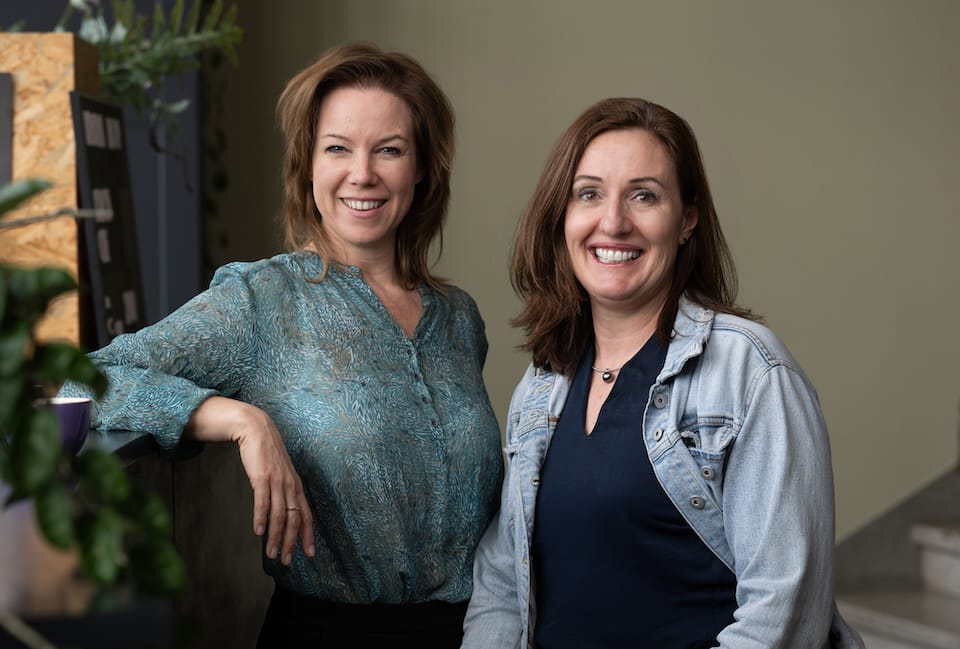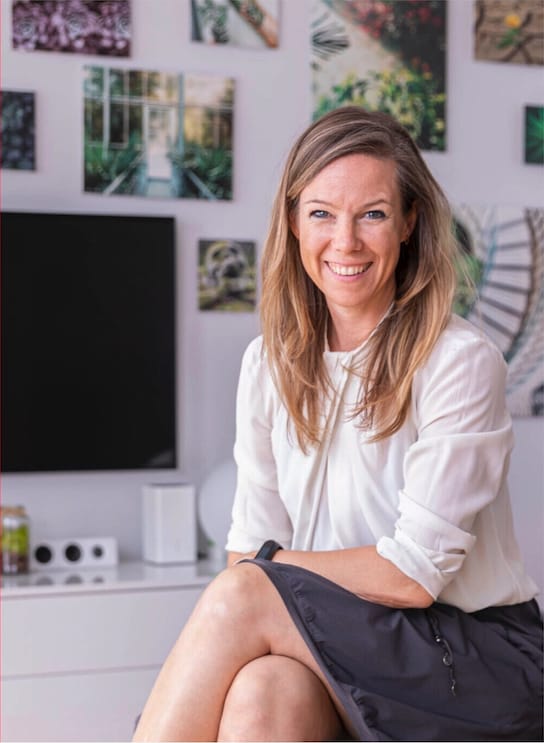Welcome to our blog series on C-level leadership and social media
10 years ago, a McKinsey article defined the six qualities leaders need to use social media successfully, assuming that if you want to stand out in your field, you have to do the same on social media.
Welcome to our blog series on C-level leadership and social media. In this series, we explore what leaders need to know about social media, what successful social media leadership looks and how success can be measured.
Our first article starts by taking a step back for a reality check: Is the McKinsey model still relevant? Do we still expect leaders to develop the same social media literacy?
A Decade of Transformation
Ten years ago, business magazine McKinsey Quarterly published the article "Six social-media skills every leader needs," authored by Roland Deiser and Sylvain Newton. The publication came at a time when many leaders faced a dilemma: New media demanded openness and participation, while companies traditionally communicated according to linear, hierarchical and controlled processes. No statement, no picture, and no publication was published without being perfectly coordinated. Social media fundamentally distributed this system – with it, the demands placed on leaders.
Deiser and Newton outlined a way out of this dilemma: they developed a model for it. They defined six key competencies that people in leadership positions should master to successfully appear on social media and use new communication tools for themselves. Today, it is still considered one of the most important references when it comes to how people in C-level positions should master to successfully appear on social media and use new means of communication for themselves.
It is worth discussing this model – even if today, ten years later, we are at a point far beyond what we could have foreseen. Deiser's and Newton's expositions were so profound and insightful that their findings have been reproduced again and again (albeit often without citing the source!). And to be frank: The solid work of the two authors has also influenced my own work digitally positioning organisations and individuals for impact.
The 6 key competencies
Deiser and Newton's model outlines "six dimensions" in which leaders should take an active role.
Creating convincing content.
Social media demands authentic and personal communication – also from leaders. The medium of video is becoming increasingly important in this context: Instead of polished image videos, recordings are being made in which leaders get personally involved in events in real time. For example, in the form of statements, comments or weekly reviews, which they sometimes record themselves. Leaders need an authentic-sounding voice, the ability to tell compelling stories, but also technical skills such as recording and possibly even editing videos.
Using the dynamics of social media to disseminate content.
While traditional corporate communication follows a linear and hierarchical process, social media calls for dialogue and participation. Leaders must be prepared to relinquish some control when they enter into active dialogue. But if they understand the dynamics of social media, they can use them to spread their messages - and reach a larger audience than before. So people in leadership positions need to know how to prepare content in a social media-ready way – but also how to build and maintain an active community. This is important because it significantly contributes to the dissemination of content, giving it more weight.
Being able to deal with the flood of information.
In the world of social media, information is shared and commented on within seconds. Leaders have to decide when to respond (and when not to), which messages to link to their blogs, which content to share and enrich with their own perspective - and ultimately, what is worth sharing with their community. Leaders also take on a certain filtering role: they need to develop a feel for the various channels and for the way people (want to) consume information.
Driving Strategic Use of Social Media.
Social media holds great potential – not only for the company but also for individual organisational units. To fully exploit it, leaders must take a proactive role in improving the media literacy of their employees and stakeholders. They should promote the competent use of social media and collaboration tools in the company, encourage networked communication, create new roles and establish a culture of learning and reflection. Clever leaders exchange ideas with experts and keep in touch with digital natives to sense new developments and trends. Those who use new technologies strategically gain visibility and influence in the company.
Creating a suitable organisational infrastructure to anchor new media in the company.
The integration of new media into a company's communication poses challenges for leaders: On the one hand, they must create an organisational and technical infrastructure that promotes free exchange. On the other hand, they also need control mechanisms that mitigate risks. For example, guidelines that define how employees behave on social media when they appear as company employees. Leaders who manage to reconcile the conflicting demands of "traditional" and "social" (corporate) communication are rewarded with success.
Staying ahead of the curve.
In 2013, the two McKinsey authors predicted that by 2020 there will be some 50 billion connected devices. Cars, refrigerators, living room lights - everything will be connected. The "Internet of Things," they wrote, would be the next generation of connectivity. They were right. And the development will continue unabated. Leaders should not only be at the forefront here but always one step ahead! Digital transformation is opening up new opportunities, creating new business models and ushering in a new era. Those who have a good nose for trends and the courage to experiment with new technologies will secure a decisive advantage.

Today's Realities: A Closer Look
Ten years after the McKinsey article appeared, we are faced with two obvious questions:
- Is the model still relevant today?
- Have our leaders internalized the 6 key competencies?
The answer to the first question is: Yes, the model developed by Deiser and Newton is still valid today. However, the role of leaders has changed significantly over the last 10 years. It is no longer the job of CEOs to develop creative content or even to produce it themselves. Their job is to understand how social media platforms work, what impact they have, and why appropriate content is so important. For successful leaders, social media is as much a part of the marketing mix as media relations. They lead their team in the right direction, manage processes, maintain an overview and commission experts from the communications department or agencies to develop and implement specific measures.
The requirement for leaders today is no longer that they have a practical command of all six key competencies. Rather, they need to understand their fundamental importance and assign the right people to implement them.
But have our leaders internalized this? Do they understand the power of social media? Do they use it for their own positioning? Often we see this immediately, for example in a complete, meaningful and varied LinkedIn profile. It's a good indicator of whether a leader has internalized the importance of social media. Even if he or she doesn't personally maintain the profile, he or she has made sure that someone else does.
The road to success
If we look around us on social media today, we see that there is still a lot of catching up to do. While many companies have top websites and social media channels, their CEOs are often barely visible. That's surprising to us. After all, they are the figureheads and the face of the company. People connect with people, not with corporations. Leaders who are present on LinkedIn & Co. create their voice, personality, and space for opinions and carry more weight.
Explore our blog: Five tips for C-level leaders
Your own LinkedIn presence is on your mind? You want to know how you could maximise it for your business goals? Book a customized company training with us!
Get practical support, personal guidance and handy tools to integrate LinkedIn & co. into your company strategy? Reach out for an obligation-free conversation.


